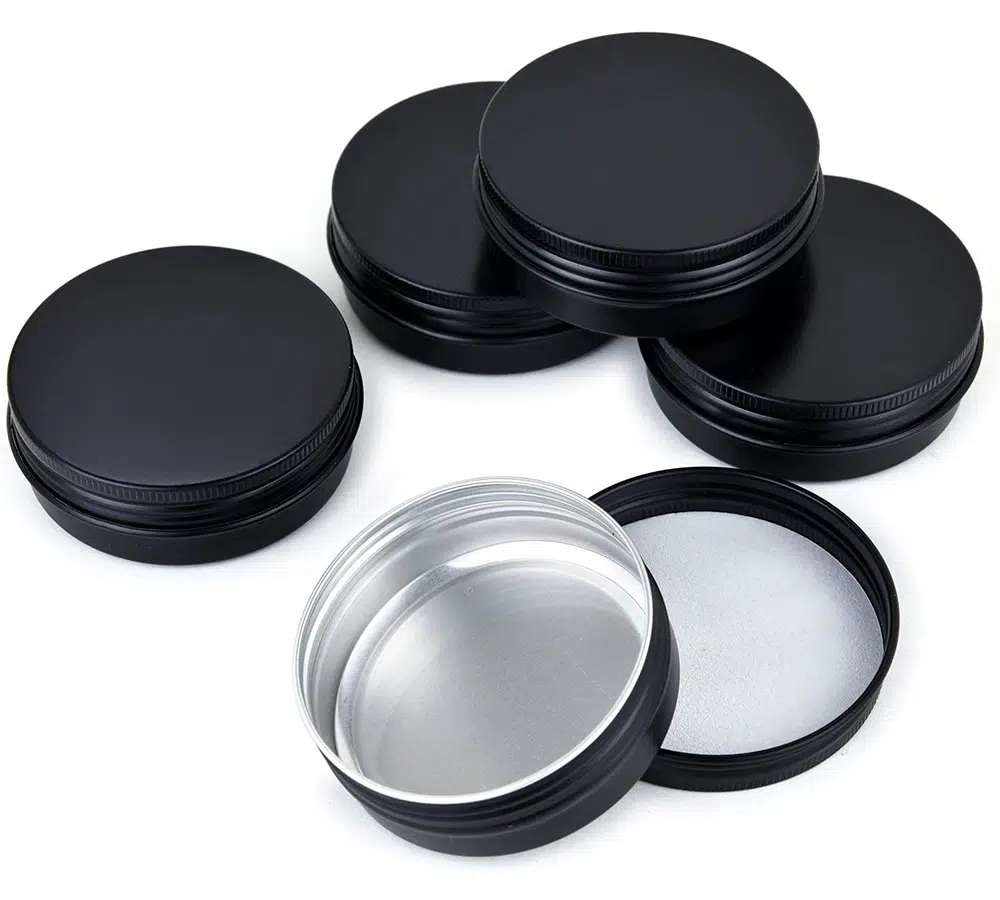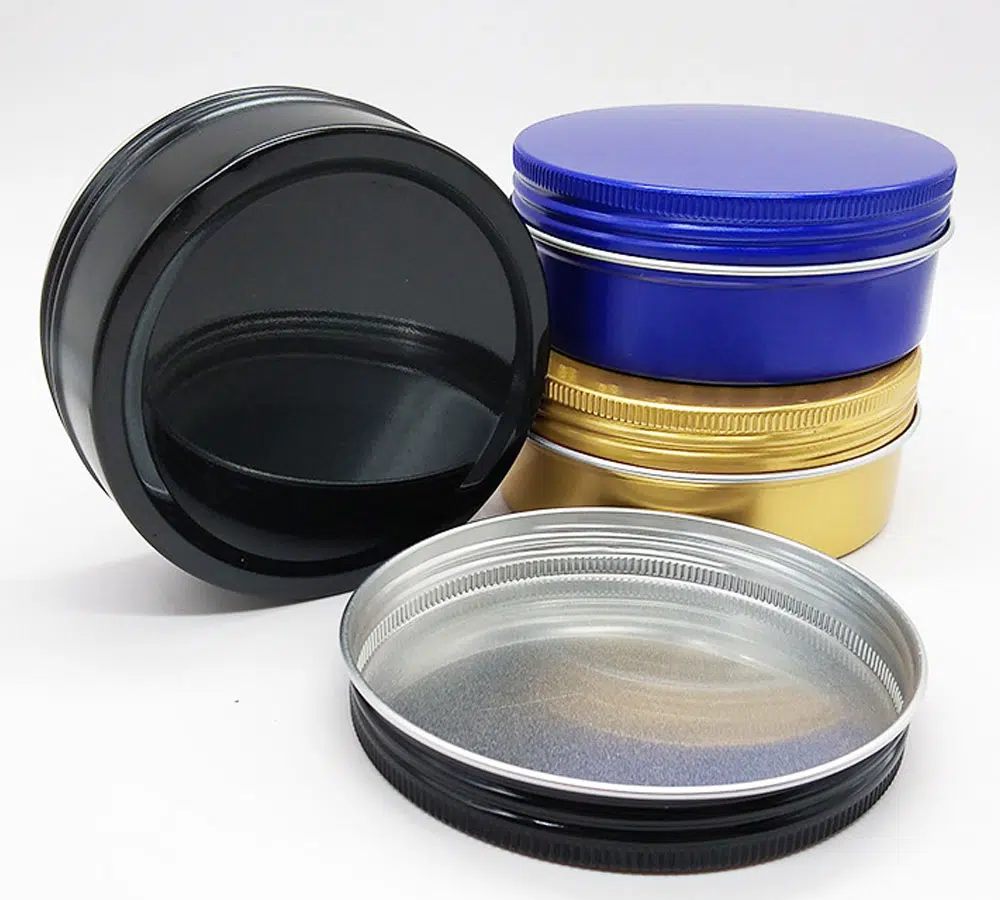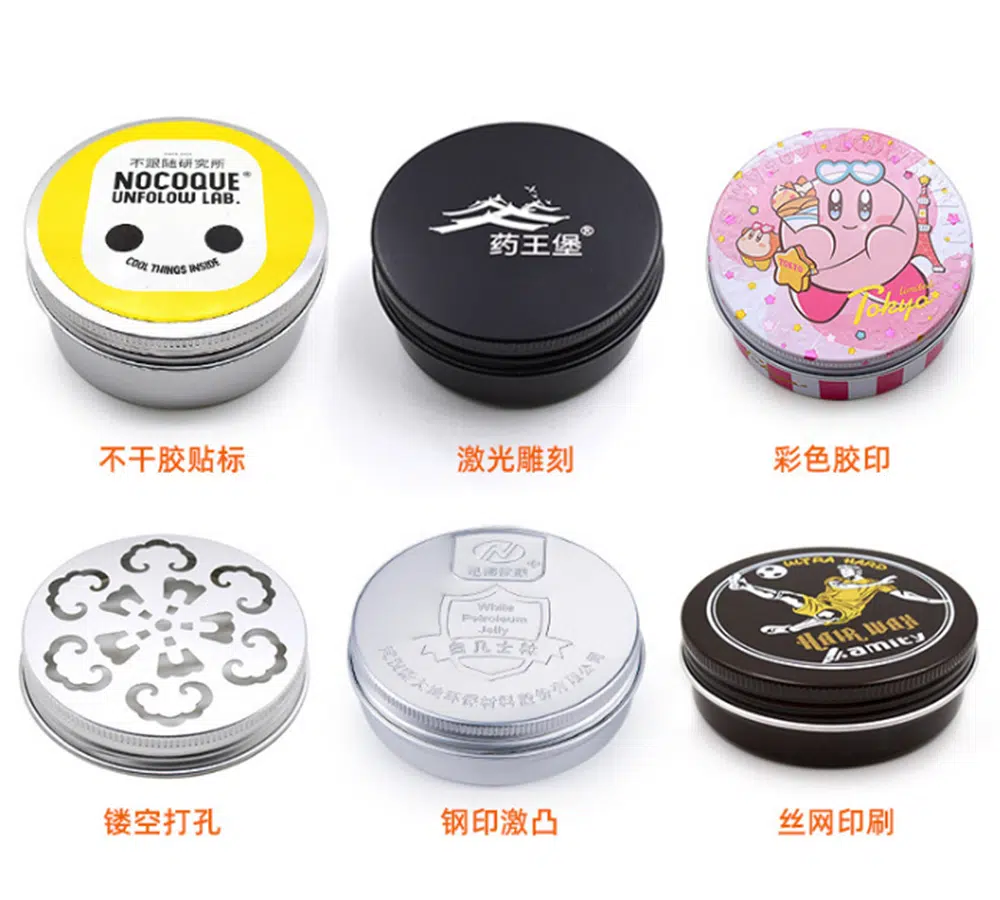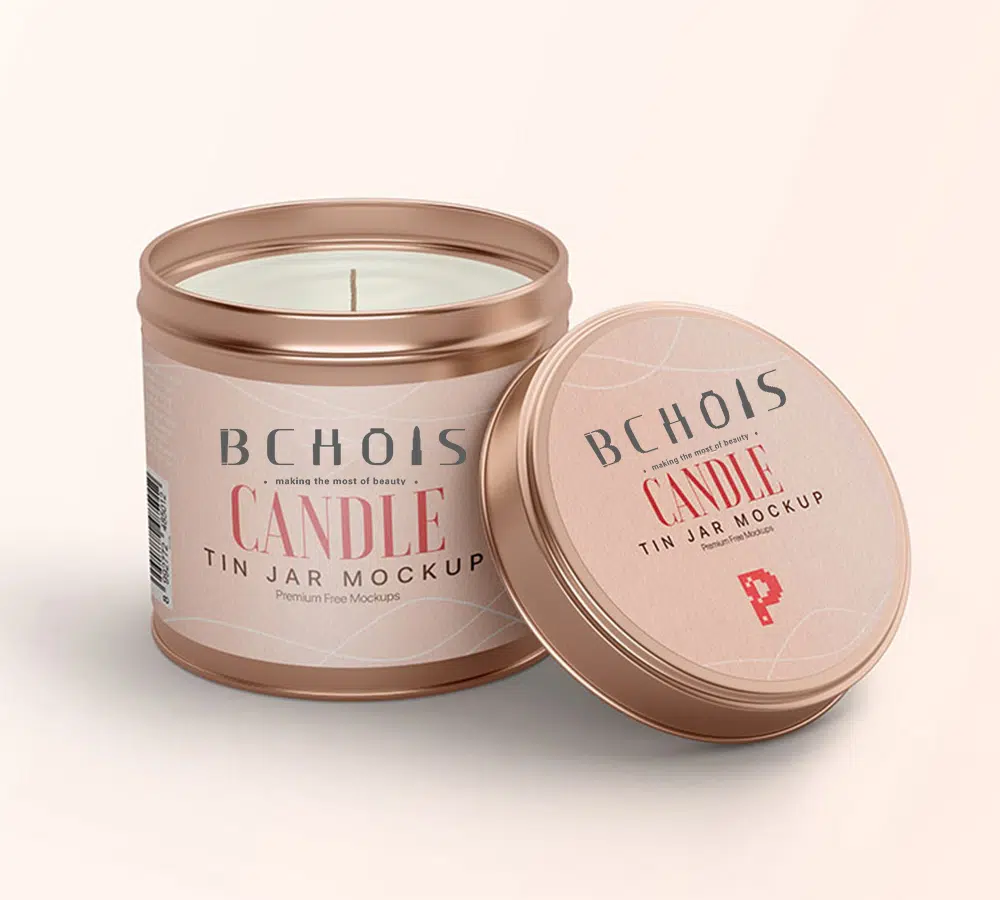In a world where everyday objects often go unnoticed, there exists a realm of craftsmanship that mesmerizes with its intricate details and unassuming beauty. Have you ever stopped to ponder the secret life of metal, particularly in the enchanting domain of a tin box manufacturer? Behind the scenes of this seemingly ordinary item lies a tale of skill, precision, and artistry waiting to be unveiled. Imagine a workshop buzzing with creativity, where sheets of metal are transformed into vessels of storage, each bearing the mark of meticulous hands and a legacy of tradition. As we delve into the enigmatic world of these artisans, we discover more than just a craft; we uncover a narrative woven with passion and dedication. The allure of a tin box manufacturer goes beyond mere functionality; it embodies a timeless tale of heritage and innovation. From the rhythmic clang of hammers shaping raw materials to the careful application of design, every step in the creation process whispers a story of pride and expertise. Join us on a journey through the hidden wonders of metalwork, where the ordinary becomes extraordinary, and the work of a tin packaging supplier unfolds like a treasure trove of secrets waiting to be shared.

The History and Evolution of Tin Boxes
Tin boxes have a rich history that dates back centuries. The origins of these versatile containers can be traced back to the 18th century when they were first introduced as a way to preserve and transport food. Initially, tinplate was used to create these boxes, which consisted of thin sheets of iron coated with tin. This combination offered durability and resistance to corrosion, making it an ideal material for storage purposes.
Over time, the popularity of tin boxes grew, and they became more than just functional containers. They started to be used for packaging various products, such as tea, tobacco, and cosmetics. The demand for tin boxes led to advancements in manufacturing techniques and the introduction of decorative elements.
In the 19th century, lithography revolutionized the tin box industry. This printing technique allowed intricate designs and vibrant colors to be applied directly onto the metal surface. Tin boxes became not only practical but also visually appealing objects that showcased artistry and craftsmanship.
As technology advanced further, manufacturers began experimenting with different shapes and sizes for tin boxes. They started incorporating embossing techniques to add texture and depth to the designs. This evolution in design opened up new possibilities for branding and marketing purposes.

Unveiling the Materials: From Raw Metal to Finished Product
A crucial aspect of understanding the craft of a tin box manufacturer is delving into the materials used in their creation. The primary material employed is tinplate – a thin sheet of steel coated with a layer of tin on both sides. This combination provides strength, corrosion resistance, and an attractive appearance.
The process begins with raw metal sheets being cut into specific sizes according to the desired dimensions of the final product. These sheets are then coated with a layer of tin through an electroplating process. This ensures that the tin adheres firmly to the steel, creating a durable and long-lasting finish.
Once the tinplate is ready, it undergoes various manufacturing processes to shape it into a tin box. The sheets are formed into the desired shape using specialized machinery, which applies pressure to bend and fold the metal. The edges are then joined together through soldering or welding techniques.
After the basic structure of the tin box is formed, it goes through a series of finishing processes. These include cleaning, polishing, and applying protective coatings to enhance its appearance and durability. The final step involves adding any decorative elements, such as embossing or lithographic printing, to give the tin box its unique character.

The Art of Metalworking: Techniques and Processes
Metalworking is at the heart of every tin box manufacturer’s craft. It requires a combination of traditional techniques and modern technology to transform raw materials into exquisite containers.
One of the key metalworking techniques used in tin box manufacturing is embossing. This process involves creating raised designs on the surface of the metal by pressing it against specially crafted molds or dies. Embossing adds texture and visual interest to the tin boxes, making them stand out from ordinary containers.
Lithographic printing is another essential technique employed by tin box manufacturers. It allows intricate designs and vibrant colors to be transferred onto the metal surface with precision and clarity. This printing method requires skilled artisans who meticulously apply each layer of ink onto the tinplate using specialized machinery.
Engraving is yet another technique used in creating detailed patterns on tin boxes. This process involves carving designs onto metal surfaces using sharp tools or lasers. Engraving adds depth and intricacy to the overall aesthetic of a tin box.

Designing a Durable Tin Box: From Concept to Creation
The design process of a durable tin box involves a careful balance between functionality and aesthetics. It begins with conceptualizing the purpose and target audience of the container. Whether it’s for storing tea, chocolates, or personal mementos, the design must reflect the intended use.
Once the concept is established, designers create sketches and digital renderings to visualize the final product. They consider factors such as size, shape, and overall layout to ensure that the tin box is both visually appealing and practical.
Collaboration between designers and metalworkers is crucial during this stage. The designers provide detailed specifications while considering the limitations and possibilities of working with metal. Metalworkers bring their expertise to translate these designs into tangible objects by employing various techniques like embossing, engraving, or lithographic printing.
Prototypes are often created to test the functionality and aesthetics of the tin box before mass production begins. This iterative process allows for adjustments and refinements to be made until the desired outcome is achieved.
The Role of Tradition in Modern Tin Box Manufacturing
Despite advancements in technology and manufacturing processes, tradition continues to play a significant role in modern tin box manufacturing. Many manufacturers uphold age-old techniques passed down through generations, ensuring that each tin box carries a sense of heritage.
Skilled artisans who have honed their craft over the years bring an invaluable level of expertise to every step of the manufacturing process. Their attention to detail and commitment to quality result in tin boxes that are not only functional but also works of art.
In addition to preserving traditional techniques, manufacturers also embrace innovation in materials and design elements. They constantly explore new ways to push boundaries while maintaining respect for tradition. This blend of old-world craftsmanship with modern sensibilities sets apart a tin box manufacturer who strives for excellence.
Quality Control: Ensuring Excellence in Every Metal Tins
Ensuring the highest quality standards is of utmost importance for a tin box manufacturer. Quality control measures are implemented at every stage of the manufacturing process to maintain consistency and excellence.
Raw materials undergo rigorous testing to ensure they meet the required specifications. The tinplate is checked for thickness, coating adhesion, and overall quality. Any substandard materials are rejected to guarantee that only the best components are used in production.
During the manufacturing process, regular inspections are conducted to monitor the quality of each tin box. This includes checking for any defects, such as dents or scratches, and ensuring that all components are securely joined together.
Final inspection involves a thorough examination of each finished tin box before it is packaged and shipped. This ensures that only flawless products reach customers, upholding the reputation of the tin box manufacturer.
Exploring the Cultural Significance of Tin Boxes
Tin boxes have transcended their utilitarian origins to become cultural artifacts in many societies. They hold sentimental value as keepsakes or collectors’ items, often evoking nostalgia for a bygone era.
In some cultures, tin boxes are intricately linked with specific traditions or rituals. They may be used to store treasured family recipes, preserve heirlooms, or serve as decorative pieces during festive occasions.
The designs on tin boxes can also reflect cultural motifs and symbols unique to a particular region or community. These designs not only showcase artistic expressions but also serve as reminders of shared heritage and identity.
Sustainability Practices in Tin Box Manufacturing
In recent years, sustainability has become an essential consideration for manufacturers across industries. Tin box manufacturers have embraced eco-friendly practices to minimize their environmental impact.
One of the key sustainability practices in tin box manufacturing is the use of recyclable materials. Tinplate is highly recyclable, making it an environmentally responsible choice. Manufacturers also strive to reduce waste by optimizing material usage and recycling any scrap metal generated during production.
Energy-efficient manufacturing processes are another aspect of sustainability in tin box production. Manufacturers invest in technologies that minimize energy consumption and carbon emissions, contributing to a greener future.
Innovations in the Industry: Pushing Boundaries
The tin box industry continues to evolve with technological advancements and changing consumer preferences. Manufacturers are constantly pushing boundaries to offer innovative solutions and stay ahead of the competition.
One area of innovation is in the design realm. Manufacturers are exploring new printing techniques, such as digital printing, to achieve more intricate and vibrant designs on tin boxes. This allows for greater customization options and faster production times.
Another area of focus is on incorporating smart features into tin boxes. This includes integrating RFID technology for tracking purposes or incorporating interactive elements like QR codes for enhanced user engagement.
Manufacturers are also experimenting with alternative materials, such as biodegradable or compostable options, to meet the growing demand for sustainable packaging solutions.
Conclusion: The Timeless Charm of a Tin Box
A tin box may seem like a simple object, but its journey from raw materials to finished products unveils a world of craftsmanship and artistry. The work of a tin box manufacturer encompasses tradition, innovation, and meticulous attention to detail.
From its humble beginnings as a food storage container to its present-day role as a versatile packaging solution, the tin box has stood the test of time. Its timeless charm lies not only in its functionality but also in its ability to evoke emotions and preserve memories.
So, the next time you come across a tin packaging source, take a moment to appreciate the craftsmanship and the stories it holds within its metal walls. It is a testament to the secret life of metal and the skilled hands of a tin box manufacturer.
If you have any custom tin packaging questions or need tin packaging solutions, freely let us know, we’re glad to send our tin catalog for your reference.